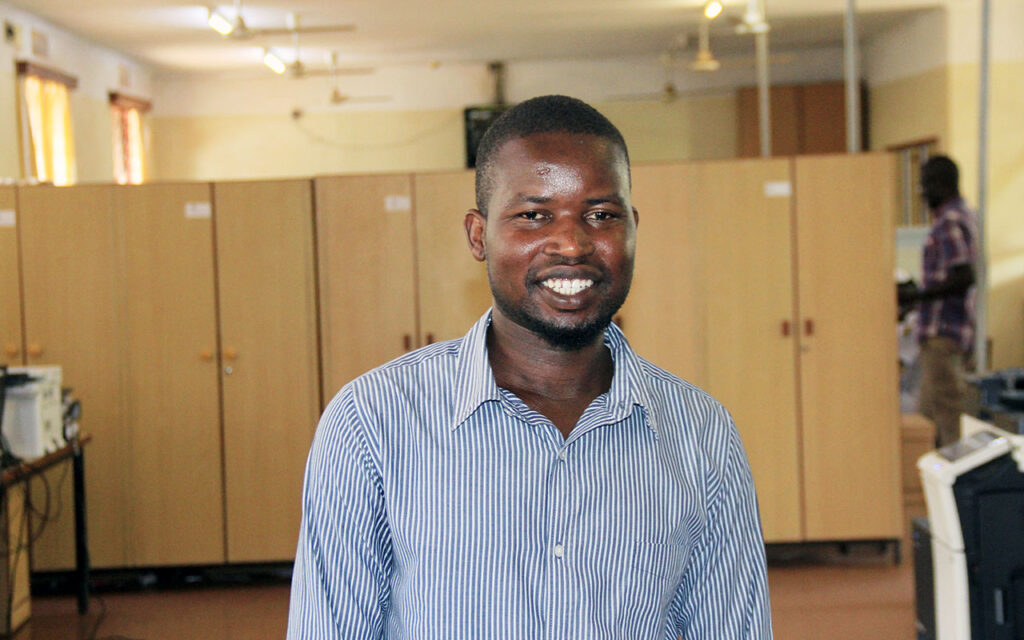Unmet needs – going down the rabbit hole

We talk about unmet needs a lot in healthcare, and not least in bleeding disorders. But who says people with bleeding disorders have unmet needs?
More than that, how do we decide what unmet need is? And who do we decide it with and for?
Do the voices of patients or carers define this?
To really unpick the question of unmet needs, it’s essential that we listen to and hear what patients say about their diagnosis and treatment.
The need to know
There is certainly unmet need in achieving an early diagnosis. Here, I think particularly of women with bleeding disorders and their need to be perceived as more than ‘just carriers’ of a defective gene. To address the unmet need of better access to treatment and care, there is also a need to dispel the persistent myth that women aren’t affected by bleeding disorders.
By comparison, some might argue that men with severe haemophilia have their needs met. After all, in the UK at least, they have access to good care, they can treat at home, and the treatment landscape looks bright. But do we know what they really need? Do they need easier-to-use infusion devices? Fewer infusions? Less pain? Or are their needs about more freedom and spontaneity in life?
And what about people with von Willebrand disease and other rare bleeding disorders? Are their needs the same as those with haemophilia? They certainly aren’t – coupled with which the needs of women are vastly different to those of men.
Women and children
There’s currently a debate in the USA about gender-based iron measurements and that (menstruating) women have a lower normal range than men. If you’re a women with a bleeding disorder who has heavy periods, what impact does that have? Surely the best way to find out is to ask them.
Where is prophylaxis for women who menstruate? Heavy menstrual bleeding is normalised by health care professionals, but our research on Glanzmann’s and other rare bleeding disorders has shown that it causes untold impacts – and not only on the women who experience it, but also on their families.
Of course, bleeding disorders are mostly genetic, so we have to consider the unmet needs of children too. These are rarely reported in the medical literature and, when discussing this, I so often hear words to the effect of: ‘It’s difficult to find out what children want.’ But is it really that difficult?
Personally, I believe it isn’t that difficult to find out what children want – we just have to ask them. Many of the issues they have concerns about will be the same as for adults, but the ability to play and to learn are key. Missing school and social opportunities because of bleeds is an unmet need. And whether they are affected by bleeding disorders themselves or not, siblings are likely to be impacted too.
Listening and hearing
Unmet need is a rabbit hole that researchers and healthcare professionals can all go down to understand individual needs better. Doing so means promoting wider health improvements, and ultimately making life better for everyone.
The patient voice is there …. We just need to really listen and hear what we are being told – and that’s one of Haemnet’s specialities.
To find out more about how we approach research on unmet needs – and how we can support the research you need – email Dr Kate Khair: research@haemnet.com.
About the author
Kate Khair is Director of Research at Haemnet Ltd.


